China setting high-quality development as its top mission at the recent Third Plenary Session is "entirely correct", experts say.
"The transition from high-speed growth to high-quality development is both timely and necessary," Sourabh Gupta, a senior fellow at the Institute for China-America Studies in Washington, said.
Anthony Moretti, department head and an associate professor in the Communication and Organizational Leadership Department at Robert Morris University in Pennsylvania, said: "That's what China needs to move its economy forward. That's what the world needs to ensure it can get its hands on better goods, and likely at an affordable price."
The Third Plenary Session of the 20th Central Committee of the Communist Party of China concluded on Thursday in Beijing. Attendees discussed the economic landscape, proposed reforms and outlined key economic policies moving forward at this high-level meeting held every five years.
"It was stated that high-quality development is our primary task in building China into a modern socialist country in all respects," the session's communique said.
Gupta said no economy, without abundant natural resources and which had transitioned from middle-income to high-income status, has managed to do so without shifting focus from "extensive growth "based on quantitative increases in land, labor and capital to "intensive growth" driven by overall total factor productivity gains.
"To realize a high-quality development framework, China must continue shifting to a more balanced economic structure driven by consumption and services-led growth," he said.
" (China should) continue moving toward high-standard international openings that organically combine the domestic and international cycles. It (should) continue upgrading its industrial structure to a more science- and technology-led advanced manufacturing ecosystem. The emphasis on new quality productive forces cuts across these domestic, international and S&T (science and technology) domains."
The communique mentioned "reform" more than 50 times. Moretti said this emphasis underscores China's philosophy of shifting from exporting large volumes of cheaper goods to exporting higher-quality products suitable for 21st century consumers and beneficial for the climate.
Gupta had expected six priorities at the Third Plenary Session: building out the science and technology new innovation system; preventing major economic and financial risks; calling for high-level liberalization, high-standard liberalization and opening-up to the world; balancing reform and development with economic security; promoting common prosperity; and transitioning to a greener and cleaner China and a low-carbon economy.
He said the meeting and the communique "for the most part, seem to meet expectations".
"Indeed, four of the six key areas of reform — reforming and deepening of the S&T ecosystem; deepening high-level ... opening-up; accelerating integrated rural-urban development; and sound macro regulation, effective governance and controlling risks — were listed at the front end of the communique," he said.
Brighter outlook
Recent data from China's National Bureau of Statistics revealed a 5 percent year-on-year GDP growth in the first half of the year, with the secondary industry expanding by 5.8 percent. Meanwhile, the International Monetary Fund updated its World Economic Outlook on Tuesday, forecasting China's economy to grow by 5 percent this year, a 0.4 percentage point increase from its April estimate.
"There is no doubt that there has been an improvement in business sentiment, which is in no small part owed to the many large and small business operating environment reforms undertaken by (the government) over the past year," Gupta said, emphasizing the importance of government support on the demand side of the economy while continuing to deepen these reforms.








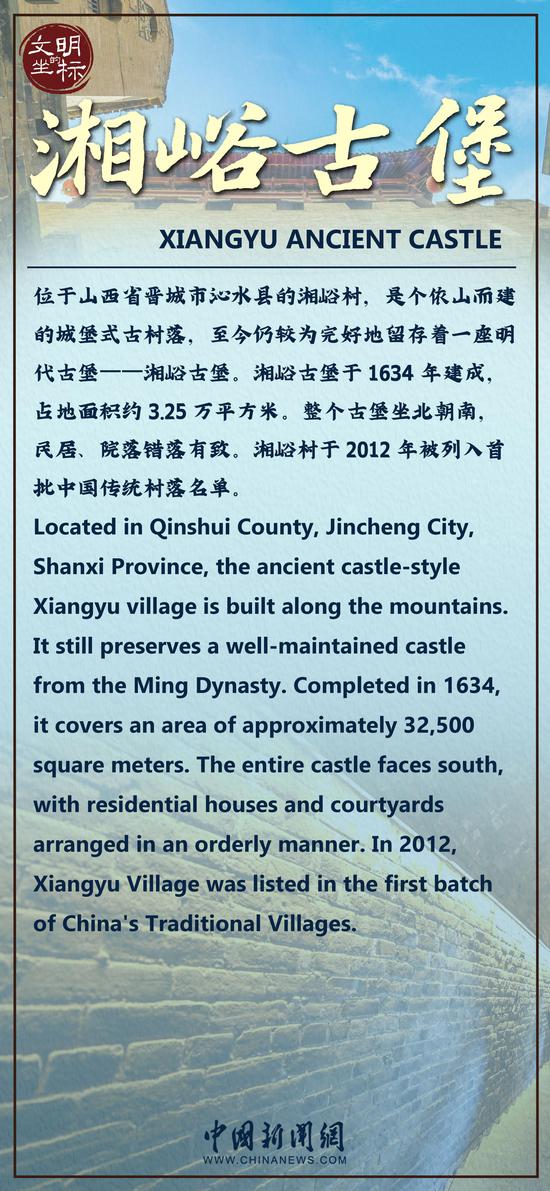
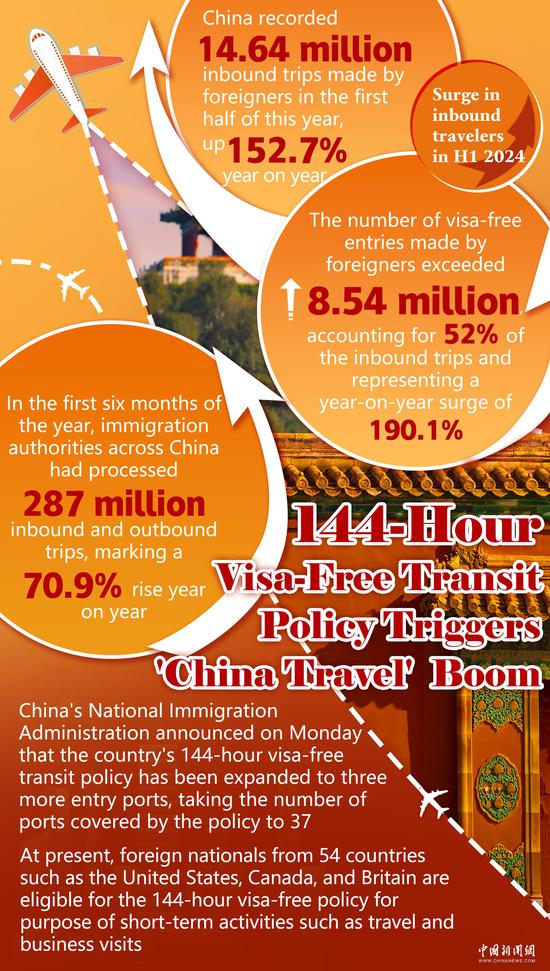

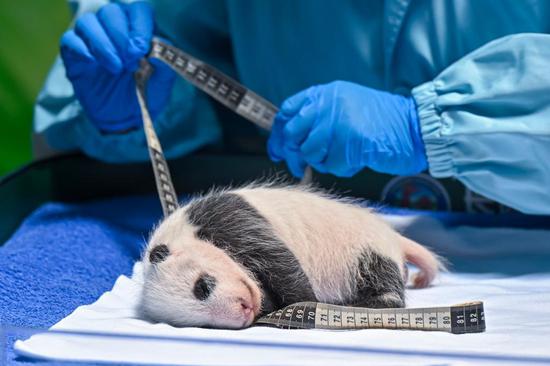


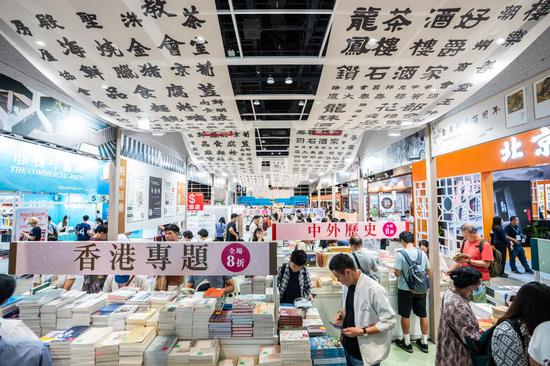



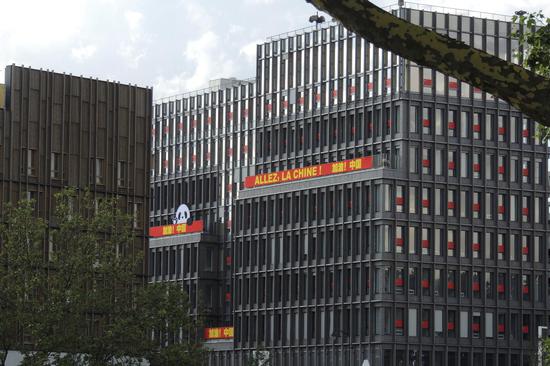





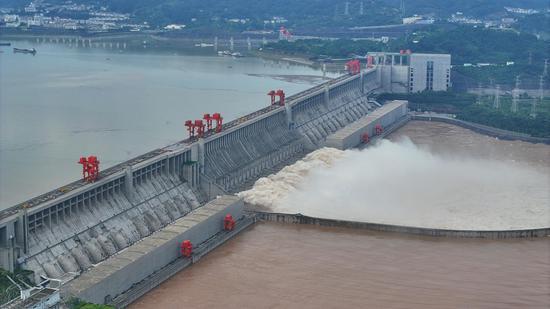
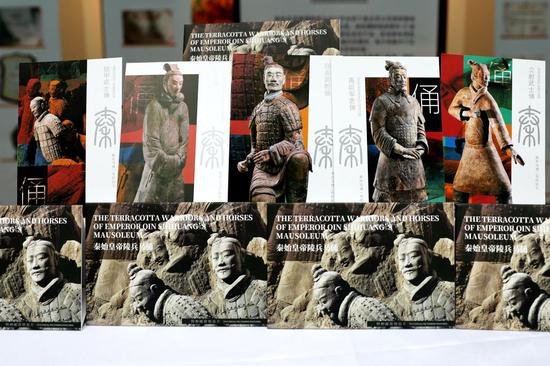

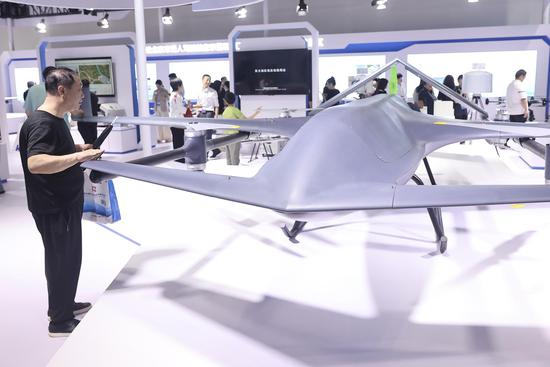
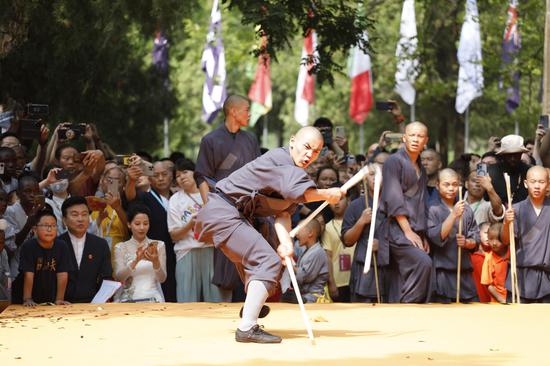




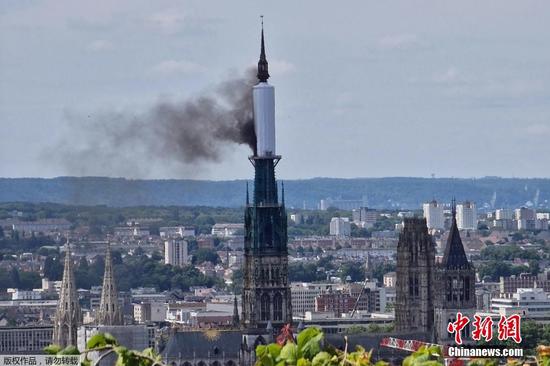

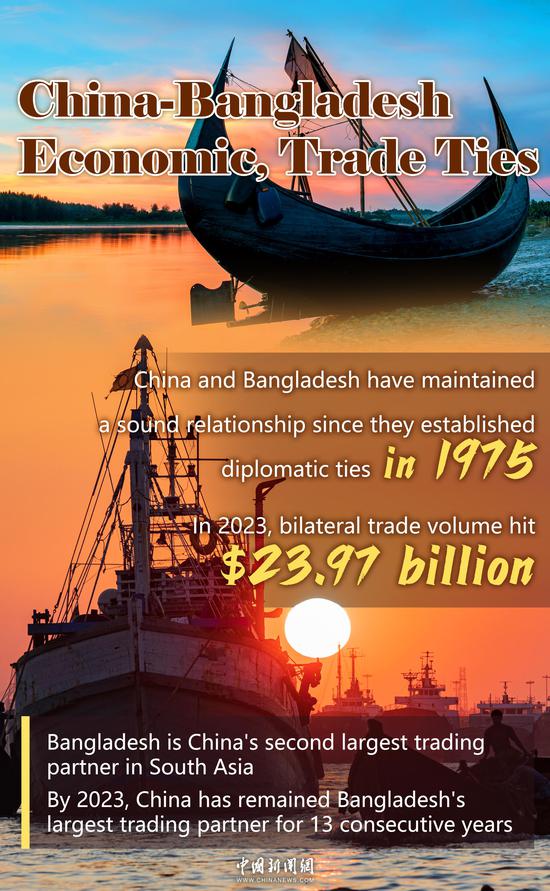

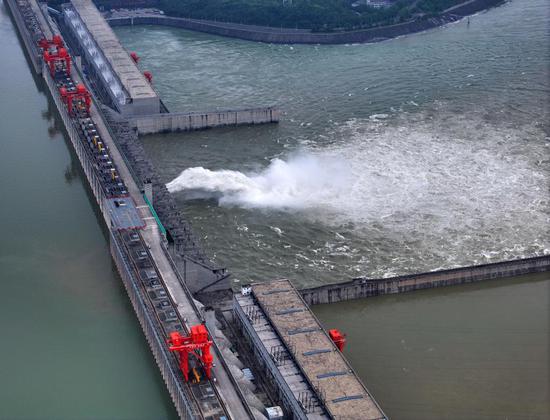
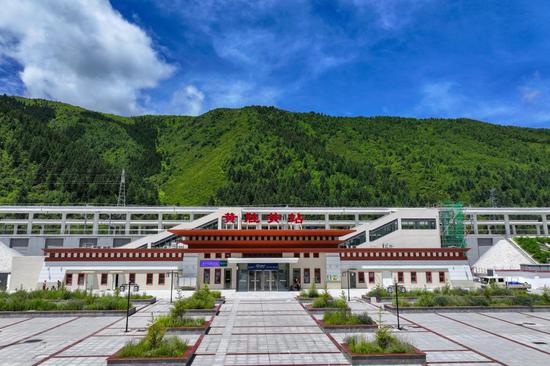
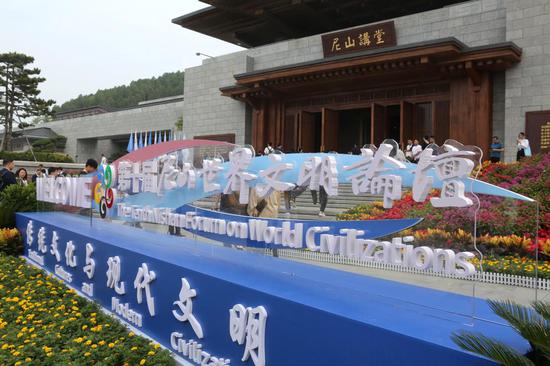






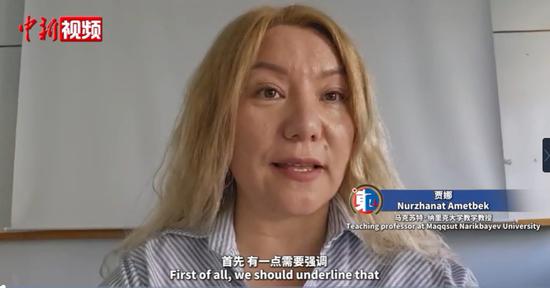

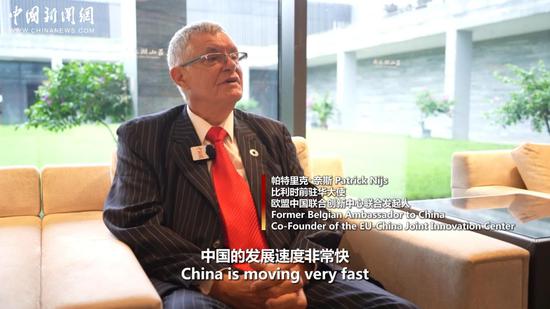

 京公网安备 11010202009201号
京公网安备 11010202009201号